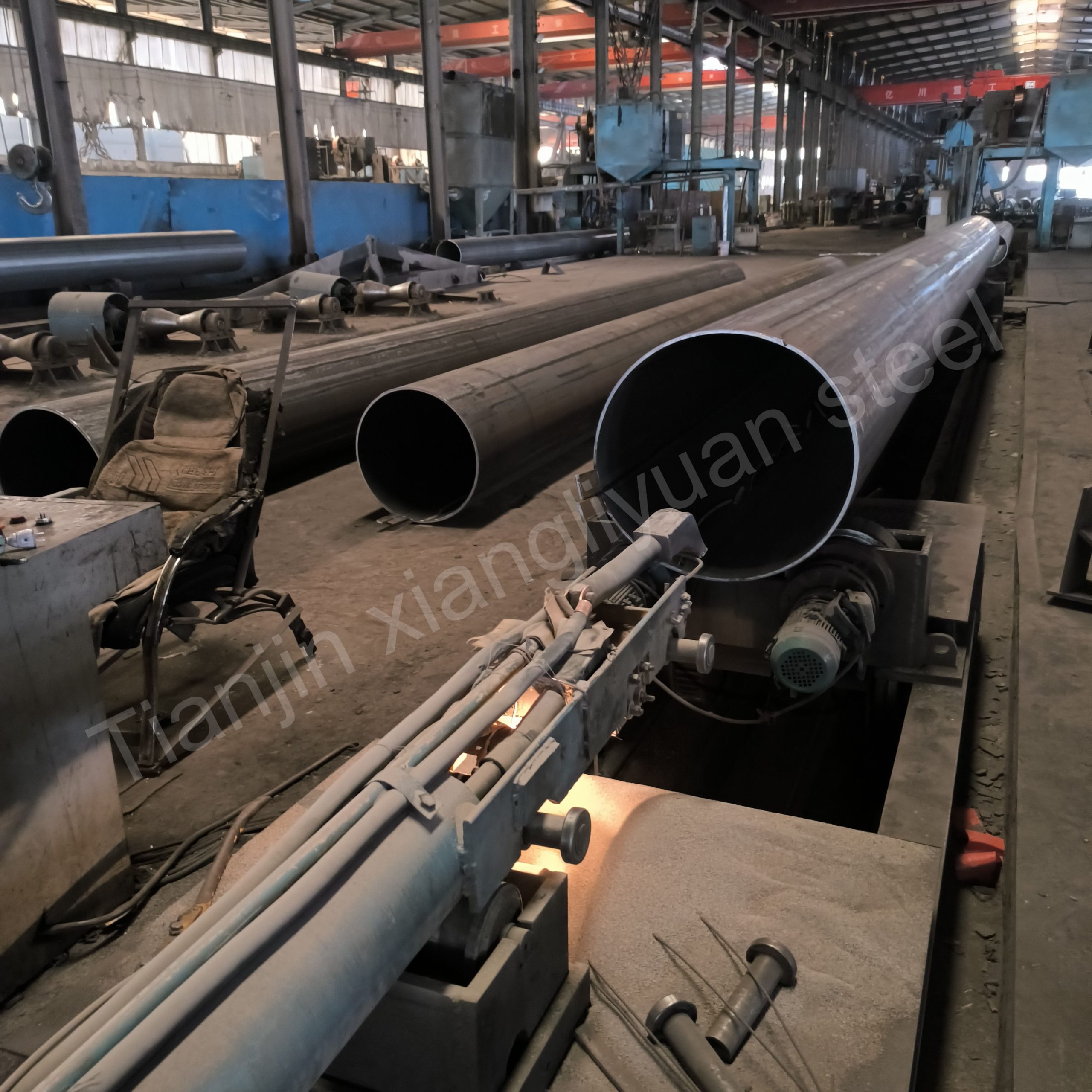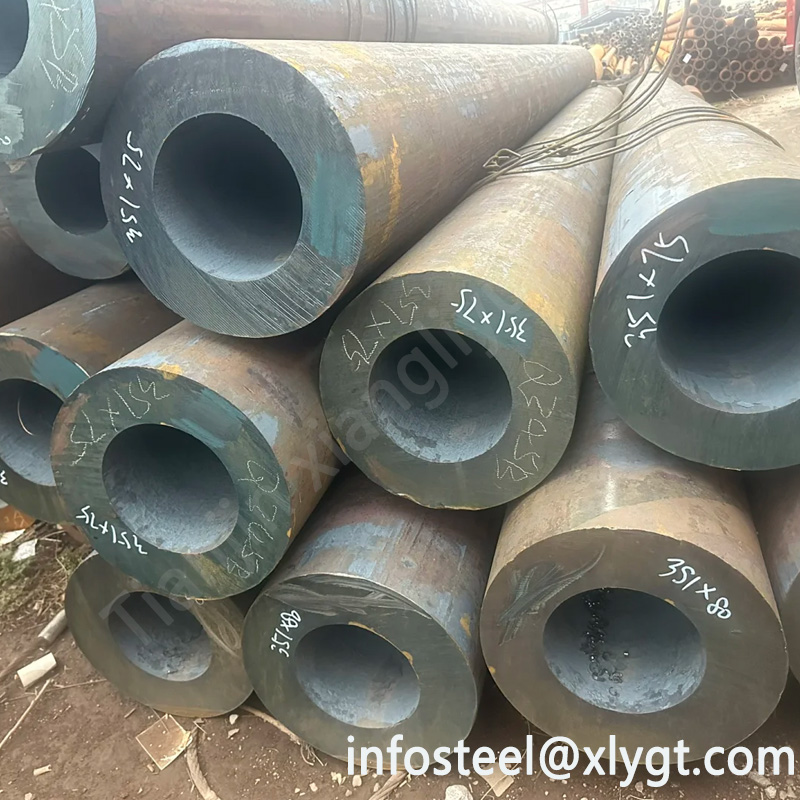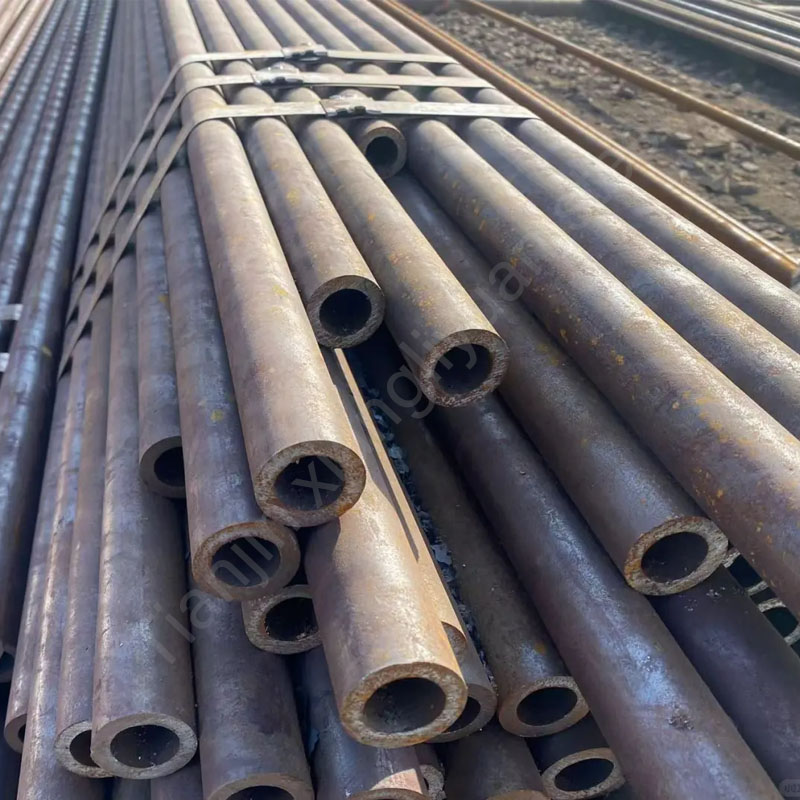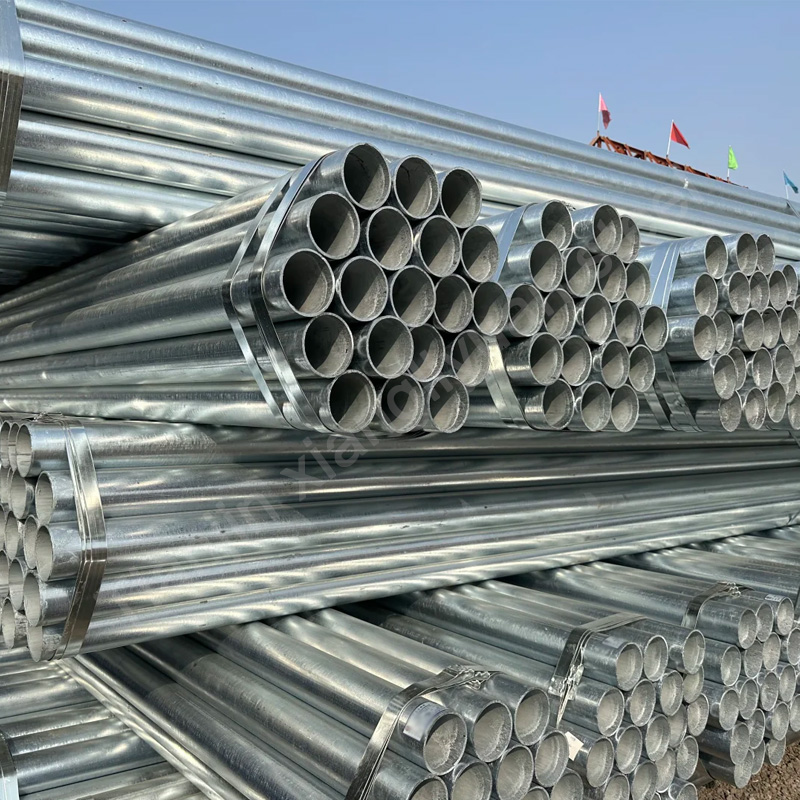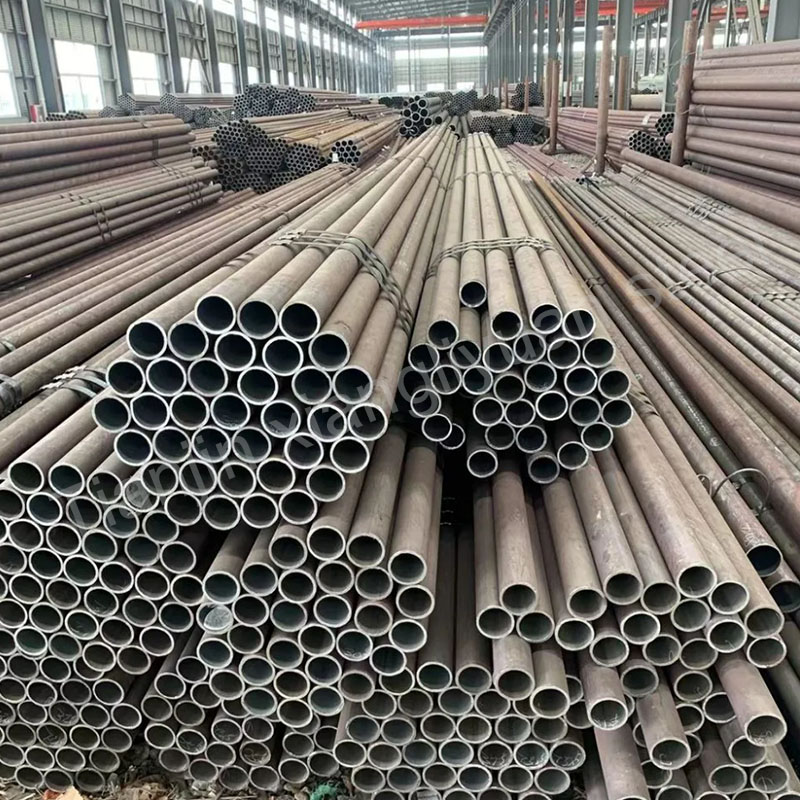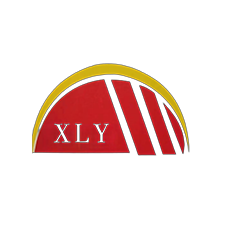The caliber range of welded steel pipes is very wide. The specific caliber models vary according to different standards (such as national standard GB, American standard ASTM, European standard EN, etc.), but generally cover the following caliber classifications:
1. Nominal diameter (DN)
Small diameter welded steel pipe: The nominal diameter usually starts from DN15 (21.3 mm outer diameter) to DN100 (114.3 mm outer diameter), which is suitable for household pipelines, low-pressure fluid transportation, etc.
Medium diameter welded steel pipe: The nominal diameter is between DN125 (139.7 mm outer diameter) and DN400 (406.4 mm outer diameter), which is suitable for general industry and municipal engineering.
Large diameter welded steel pipe: The nominal diameter is DN450 (457 mm outer diameter) or above, which is often used in large oil and gas pipelines, municipal water pipe networks, etc.
2. Outside Diameter (OD)
The outside diameter of common welded steel pipes ranges from 10 mm to more than 3000 mm.
Specific examples of outside diameters:
o Small diameter: 10 mm, 21.3 mm, 26.7 mm, 33.4 mm, 42.2 mm
o Medium diameter: 48.3 mm, 60.3 mm, 76.1 mm, 88.9 mm, 101.6 mm
o Large diameter: 168.3 mm, 219.1 mm, 273 mm, 323.9 mm, 406.4 mm, etc.
3. Inch Size
Inch sizes are usually expressed in inches (“), such as 1/2″ (21.3 mm outer diameter) to 72″ (1829 mm outer diameter).
Specific inch specifications include: 1/2″, 3/4″, 1″, 1 1/4″, 1 1/2″, 2″, 2 1/2″, 3″, 4″, 5″, 6″, 8″, 10″, 12″, 14″, 16″, 18″, 20″, 24”, etc.
4. Special large diameter
Special large diameter welded pipes are usually used for long-distance oil and natural gas pipelines, with a diameter of more than 3000 mm to meet high flow requirements.
This diameter is commonly seen in spiral welded pipes, with large diameter specifications such as 1500 mm, 1800 mm, 2000 mm, 2200 mm, etc.
These caliber models are suitable for different engineering needs, from small water supply and drainage systems to large oil and natural gas pipelines.

